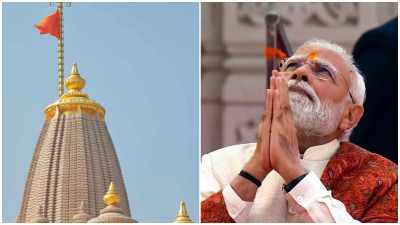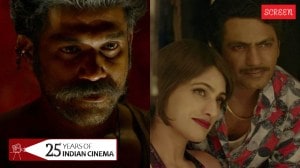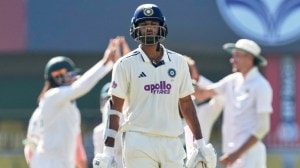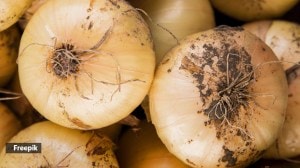How serious could a stomach ache be,we thought
His first acquaintance with pain came early.
His first acquaintance with pain came early.
His first acquaintance with pain came early. Shashank Tyagi was barely two-and-a-half years old when his stomach cramps started. The youngest child after four daughters,Tyagi’s parents tried home remedies first. How serious could a simple stomach ache be,we thought? We presumed he had some digestion problem that would improve, says his father Rajendra.
Gradually as the toddler learnt to talk,it became clear that the pain was far more serious than anticipated. Shashank would hold on to his stomach and cringe for hours. It felt like my stomach was being ripped out constantly. The only thing that varied was the intensity, says Shashank,22.
Radiological examinations showed abnormal enlargement of his liver and spleen,but doctors were at a loss for explanation. There was more in store. When I was five,I remember running,being chased by my sisters and tripping over a tuft of grass or a stone, he says. The tumble left his arm fractured. Doctors told him his bones were brittle and any strain on his limbs could lead to more fractures. That was when he had to give up his favourite activity,cycling. His growth became stunted,he would eat little and throw up often. At 14,he was only four feet tall. My father is a strapping six-footer. People talked about the disparity all the time, says the now 54 tall youth.
Rajendra says watching his sons childhood dissipate in hospital visits and constant tests would have been less difficult had they known what was wrong with him. Despite visiting some of the biggest hospitals in the country from Lady Hardinge Medical College,to AIIMS to Christian Medical College (CMC) in Vellore there was no diagnosis. I struggled through school because I could not be very regular,could not do simple things like attend morning prayers or participate in sports,but I could never explain why. I felt very isolated, says Shashank.
In 2004,just after his 14th birthday,he was finally diagnosed with Lycosomal Storage Disorder (LSD). A pair of mutated genes in one of Shashanks chromosome,was inhibiting his body from producing Cerezyme,a critical enzyme,needed for digesting fats and proteins. In laymans terms,it meant his metabolic system was collapsing. Without intervention,within five-six years the consequences could be life threatening. It took us so long to arrive at a diagnosis,even then it was a dead end. The treatment was terribly expensive,and there was no cure to speak of, says Rajendra,a real estate agent in Ghaziabad.
Doctors said the first option was bone marrow transplantation,an expensive and painful procedure,whose long term effect was unknown. The alternative was injecting the missing enzyme,a process known as Enzyme Replacement Therapy (ERT),through IV drips,every 15 days,at a cost of around Rs one lakh every six months. From 2006,Shashank finally started on ERT at CMC Vellore. Then last year,Shashank enrolled for an international Phase Two drug trial for an oral supplement to the enzymes at KEM hospital in Mumbai. Its the first sign of hope for me. I have grown taller,my weight is increasing,and I feel hungry for the first time in my life. My bones feel stronger,I can drive my car,I feel I can take on the world, he says.
Looking back,Shashank says he hasnt done too badly. After graduating in Business Studies,he has just cleared the Uttar Pradesh Technical University,(UPTECH) entrance for an MBA and is awaiting counselling,hoping to make it to the Jaipuria Institute of Management,near his Ghaziabad home. For a guy who struggled to score 60s through school,I reckon I am doing okay. I want to work in a big Gurgaon firm after my MBA,” he says. From 2009,he has also become a member of the LSD society,a nationwide patient group. I like meeting other patients,talking to children who feel alienated like I did,telling them there is hope, he says.



- 01
- 02
- 03
- 04
- 05




























